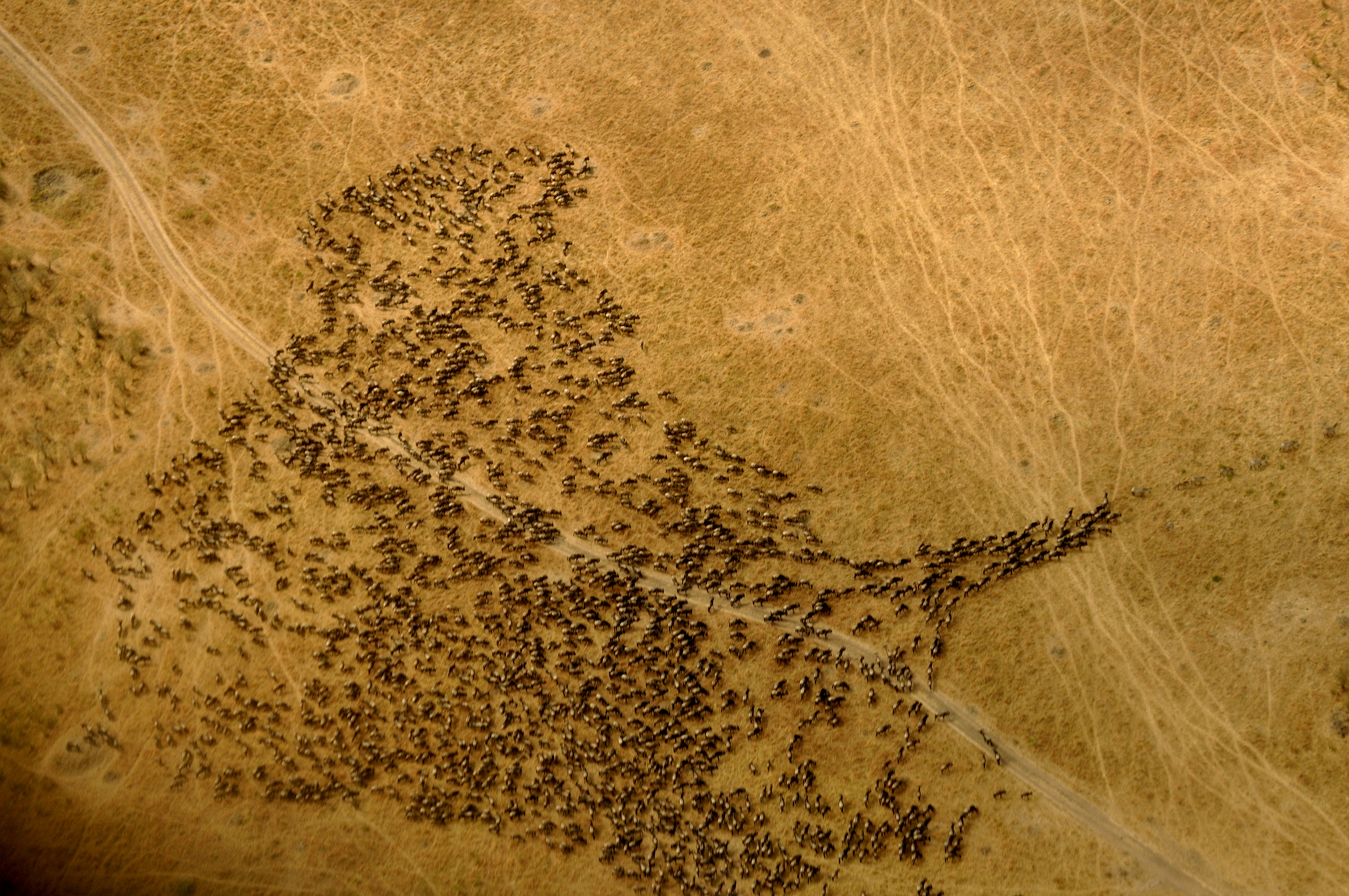1) Why pines?
2) "If AST is correct, 300 million years of reptilian, avian, and mammalian evolution have allowed the self-model and the social model to evolve in tandem, each influencing the other."
3) Matrices as probability graphs
4) "Across practices, across cultures, and throughout historical periods, when people support and engage in violence, their primary motivations are moral."
5) Rick Rubin walks through the creative process for his top 21
6) Special deals with Chinese characteristics (talk)
7) A long view on Chinese robots
8) Big groups beget big gods
9) News of a global insect armageddon has been perhaps a bit hasty
10) Jesse Shapiro's recursive contractual approach to science writing
11) "We demonstrate that empathy itself can evolve through social contagion and
attain evolutionary stability under most social norms."
12) "The trouble with human happiness is that it is constantly beset by fear."
13) Chimpanzee language is gestural
14) Near term tokamak innovation constraints
15) Visualizing core aspects of OLS research design
16) "If you were to make a dream wishlist of what you would want to see in a new Cambrian fossil site, this would be it."
17) Bite-Sized Legal Guide: How To Create a Cooperative Business Entity (CA)
2) "If AST is correct, 300 million years of reptilian, avian, and mammalian evolution have allowed the self-model and the social model to evolve in tandem, each influencing the other."
3) Matrices as probability graphs
4) "Across practices, across cultures, and throughout historical periods, when people support and engage in violence, their primary motivations are moral."
5) Rick Rubin walks through the creative process for his top 21
6) Special deals with Chinese characteristics (talk)
7) A long view on Chinese robots
8) Big groups beget big gods
9) News of a global insect armageddon has been perhaps a bit hasty
10) Jesse Shapiro's recursive contractual approach to science writing
11) "We demonstrate that empathy itself can evolve through social contagion and
attain evolutionary stability under most social norms."
12) "The trouble with human happiness is that it is constantly beset by fear."
13) Chimpanzee language is gestural
15) Visualizing core aspects of OLS research design
16) "If you were to make a dream wishlist of what you would want to see in a new Cambrian fossil site, this would be it."
17) Bite-Sized Legal Guide: How To Create a Cooperative Business Entity (CA)




